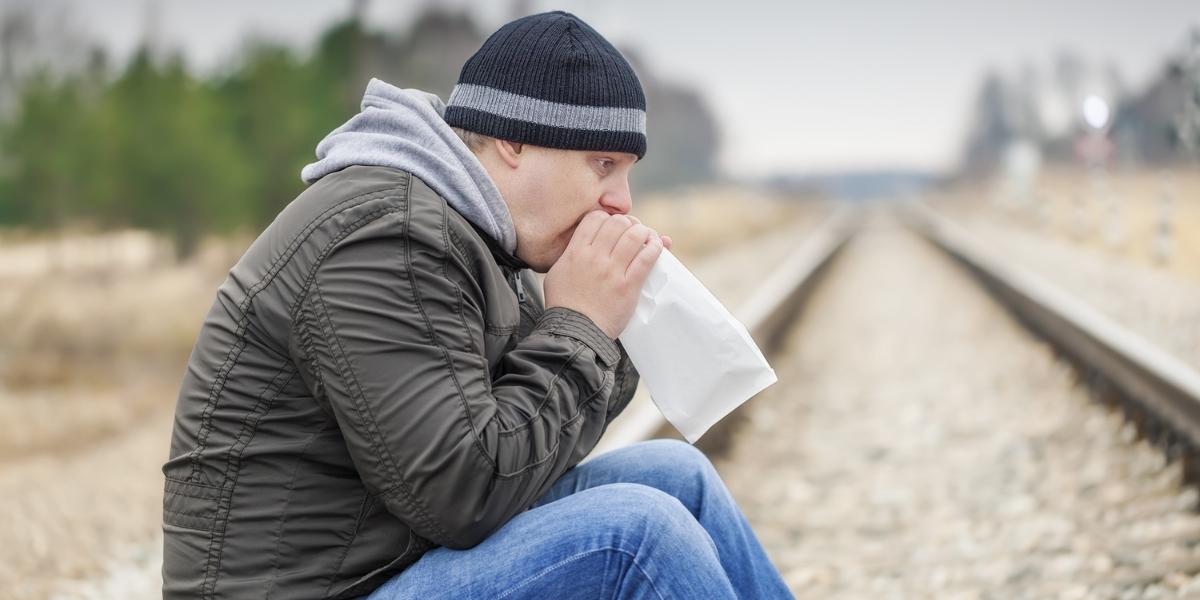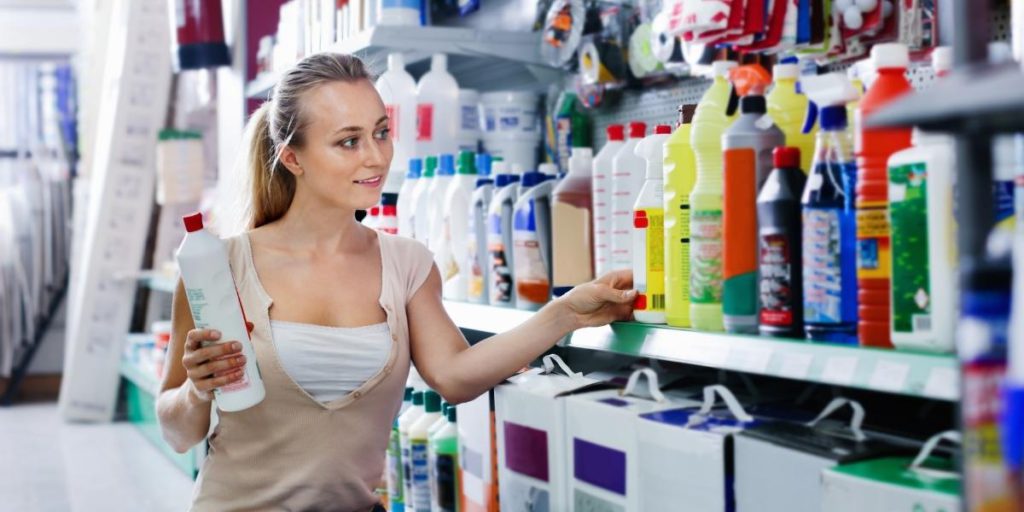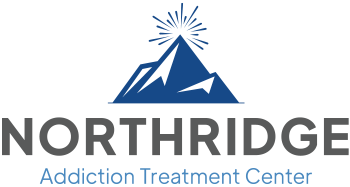Sudden Sniffing Death Syndrome
Medical Consequence of Inhalant Abuse

Inhalant abuse has severe and sometimes irreversible medical consequences; the most common is sudden sniffing death syndrome (SSDS).
Sudden sniffing death syndrome happens when inhalants lead to fatal heart failure. Even first-time users can die from SSDS after a single session of inhalant abuse.
The National Survey on Drug Abuse and Health (NSDUH) published in 2017 revealed that butane, propane, and aerosol sprays are the most likely to cause sudden sniffing death syndrome. However, a person can die of SSDS while using any dangerous inhalants.
What Is Sudden Sniffing Death Syndrome?
Sudden sniffing death syndrome (SSDS) is when the heart suddenly stops beating, resulting in death from inhaling, also called “huffing” or “sniffing” the fumes from a household substance to experience a high.
Sudden sniffing death syndrome can occur in first-time users or long-term inhalant abusers and is estimated to be responsible for almost 50% of inhalant-related deaths in the United States.
What Are Inhalant Drugs?
Inhalant drugs are chemical vapors that produce intense fumes people inhale or “huff” to get high. Hundreds of different products and chemicals are used as inhalants; many are standard household products.
Inhalants are divided into four categories: volatile solvents, aerosols, gasses, and nitrites. Below are explanations of each type of inhalant and examples of what they include:
Solvents or volatile solvents are liquids that evaporate or turn to gas at room temperature. Solvents include paint thinners and removers, lighter fluid, felt tip markers, gasoline, glues, Wite-Out, and other correction fluids.
Aerosol sprays come in pressurized containers and have a propellant gas that helps release them in a fine mist. Aerosols include spray paints, air fresheners, hair or deodorant sprays, computer cleaning products, and cooking sprays.
Gasses are fumes found in household products, commercial products, and medical settings. Gasses include butane lighters, propane tanks, whipped cream canisters (whippets), nitrous oxide (laughing gas), and chloroform.
Nitrates are a unique class of inhalants because the inhaled fumes directly affect the central nervous system and relax blood vessels and muscles. Nitrates are available in small brown bottles labeled “liquid aroma,” video head cleaner, leather cleaner, and room odorizer.
Some prescription drugs included nitrates for treating heart conditions in the past, but they are currently banned for medical use. Most inhalant users report seeking out nitrates for enhancing sexual pleasure.
Inhalant Drugs Street Names
There are many types of inhalants, and there are almost as many street names for inhalant drugs.
Some of the common street names for inhalant drugs include:
- Hippie crack
- Poor man’s pot
- Medusa
- Moon gas
- Whippets or whip-its
- Laughing gas
- Poppers
- Thrust
- Quicksilver
- Boppers

What Are Whippets?
Whippets are hits of nitrous oxide out of whipped cream canisters. A whippet is one hit from the canister.
Whippets are popular because they don’t have intense chemical smells like many other inhalants, making it harder to detect if someone has been doing whippets.
Whippet users claim that briefly passing out from whippets and waking up “giggly” is the desired effect. The nitrous oxide in the canisters is responsible for the lightheaded feeling and the high.
Health Risks
Whippets’ brain damage has the same symptoms as other inhalants and should be treated just as seriously.
So, how many whippets is too many? Even one whippet is too many.
Sudden death sniffing syndrome is just as likely to happen with whippets as with any other inhalant.
What Is Inhalant Abuse?
Inhalant abuse is deliberately inhaling chemicals to achieve a high and altered mental state.
“Huffing,” the street term for inhaling chemicals, has severe adverse effects such as permanent medical consequences, inhalant abuse’s most common being sudden sniffing death.
One of the dangers of using inhalants is developing a substance abuse disorder. Psychological addictions, and chronic health conditions that are sometimes irreversible, including brain and organ damage, are common in inhalant users.
Inhalant abuse is widespread because of the low price, wide availability, and how quickly the chemicals produce a high.
Studies by the Substance Abuse and Mental Health Services Administration (SAMHSA) link abusing inhalants to an increased risk of anxiety and poor mental health, delinquency, suicidal thoughts, and drug and alcohol use.
According to the National Institute on Drug Abuse (NIDA), psychological addiction to inhalants is equally as dangerous as physical addiction. Many inhalant users will seek out more toxic substances as their use progresses and their mental health deteriorates.
What Is Inhalant Abuse Referred to As?
Inhalant abuse, breathing in chemicals to get high, is referred to by different names clinically and on the street. And knowing the various terms for inhalant abuse is crucial if you suspect a loved one has a problem.
Slang terms used to refer to inhalant use include:
- Sniffing or snorting: inhaling fumes directly from the container
- Bagging: spraying the chemical into a plastic bag or paper bag to be breathed in through the nose or mouth
- Huffing: soaking a rag or cloth with chemicals to place over the face to inhale
- Whippets or whip-its: inhaling from a balloon or directly from a whip cream canister
- Dusting or spraying: spraying the chemical directly into the nose or mouth
- Glading: inhaling air fresheners
Inhalant Abuse Symptoms
Inhalant abuse can be hard to recognize at first, and sometimes the symptoms mimic the effects of drugs and alcohol, but there are some distinct symptoms and signs of huffing you can look for if you are worried a loved one is abusing inhalants.
Symptoms of inhalant abuse include:
- An unusual amount of cleaning supplies or chemicals, especially in odd places
- Strong chemical smells
- A strong, persistent odor on their breath
- Stains on their hands, skin, and clothing
- Stained rags or towels
- “Huffer’s rash,” or chemical burns and splotches around the nose and mouth
- Dry eyes
- Light sensitivity
- Chapped or cracked lips
- Coughing
- Sore throat
- Nose bleeds
- Irritability
- Disorientation
- Wheezing or breathing trouble
- Lack of appetite
- Slurred speech
- Uncontrollable laughing
- Lack of focus

Side Effects Associated with Inhalant Abuse
The effects of inhalants are short-lived, so users will repeatedly inhale to maintain their high. Each use increases the risk of short-term and long-term side effects.
Short-term side effects associated with inhalant abuse include:
- Dizziness
- Increased heart rate
- Headache
- Nausea
- Vomiting
- Slurred or slow speech
- Hallucinations
- Hearing loss
- Numbness
- Passing out
- Sweating
- Flushing or redness in the face
Long-Term Effects
Even though the immediate effects wear off quickly, inhaled chemicals stay in the body for up to two weeks. The build-up of chemicals, especially with repeated inhalations, can lead to long-term effects, including:
- Short term memory loss
- Hearing loss
- Weight loss
- Anxiety
- Sleep disturbances
- Eczema or patchy red skin
- Muscle weakness
- Depression
- Damage to the brain
- Heart damage
- Central nervous system damage
- Lung damage
- Liver and kidney damage
- Seizures
- Coma
- Sudden sniffing death syndrome
- Death
What Causes Sudden Sniffing Death?
The most common cause of sudden sniffing death syndrome is heart failure. Inhalant use can also aggravate previously unknown medical conditions, resulting in sudden sniffing death syndrome.
Inhalants increase the heart rate and make the heart more sensitive to adrenaline, known as the fight or flight hormone, making the heartbeat faster. When an inhalant user is startled or scared while high, the heart can get overloaded and stop beating.
Suffocation, when air cannot get into the lungs, and asphyxiation, when the inhaled chemical displaces oxygen in the lungs, can also lead to sudden sniffing death.
There is no way to reverse SSDS because of how fast it happens. People die almost instantly.

Can Inhalant Abuse Cause Sudden Sniffing Death Syndrome?
Yes, inhalant abuse can cause sudden sniffing death syndrome. Death by aerosol inhalation is a direct result of SSDS.
Repeated exposure to inhalants can cause lasting damage and weaken organs.
The same chemicals in aerosols and solvents that cause a high can also lead to heart failure or suffocation, the leading cause of sudden sniffing death syndrome.
Help for Inhalant Abuse
The only way to prevent sudden sniffing death syndrome is to stop using inhalants. Although we know how difficult inhalant withdrawal can be.
Our compassionate specialists at Northridge Addiction Treatment Center use medically supervised detox to keep you comfortable and safe through the withdrawal symptoms that come with quitting inhalants.
In the comfort and privacy of our residential treatment center, our licensed and accredited team will work with you to develop a personalized and collaborative treatment plan tailored to your unique recovery.
At NATC, our goal is to provide you with the skills and tools to heal and maintain a lasting and meaningful recovery. Thus we use evidence-based therapies such as cognitive-behavioral therapy and support groups like 12 step facilitation to help shape your thinking, take back your life, and realize you are not alone.
Call us now to speak to an admissions specialist and take the first steps to reclaim your life.
Find Meaningful Recovery
Our caring and compassionate specialists are eager to help you comfortably navigate this journey to recovery. Our individualized treatment plan, programs, and therapies may be a perfect match for you or your loved one. Let us assist you in living the happy life you deserve. It starts with a phone call.




